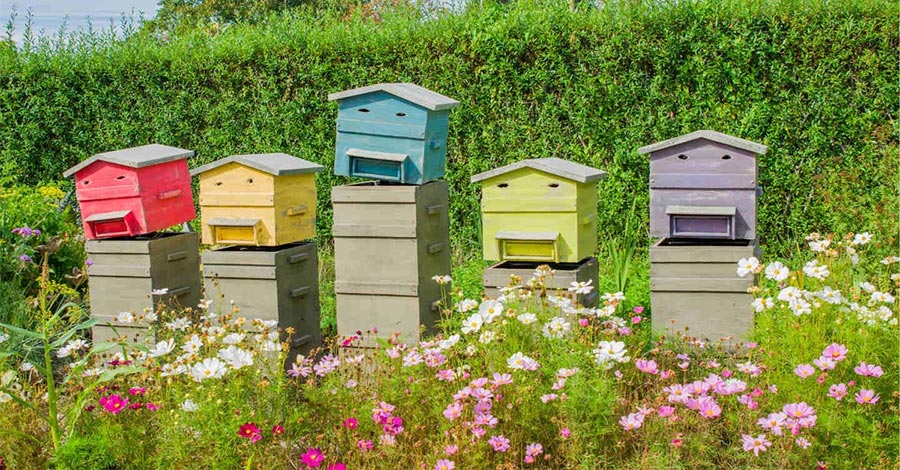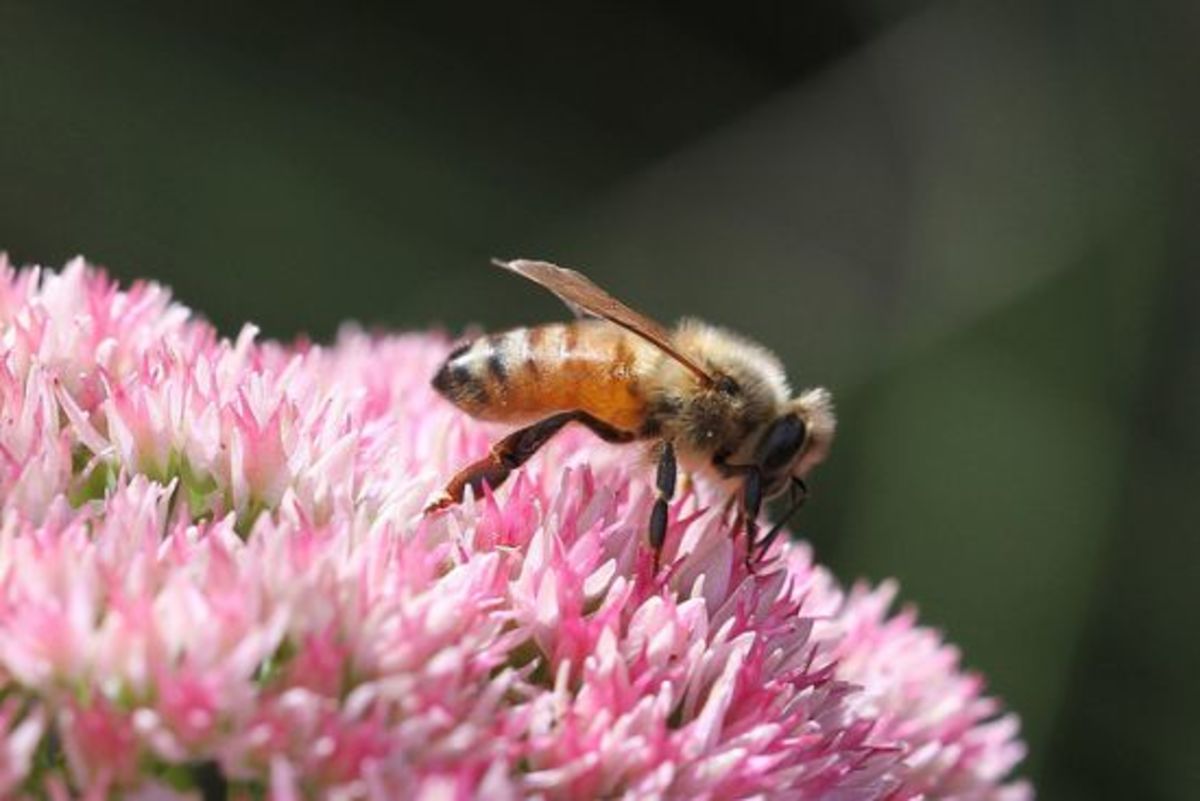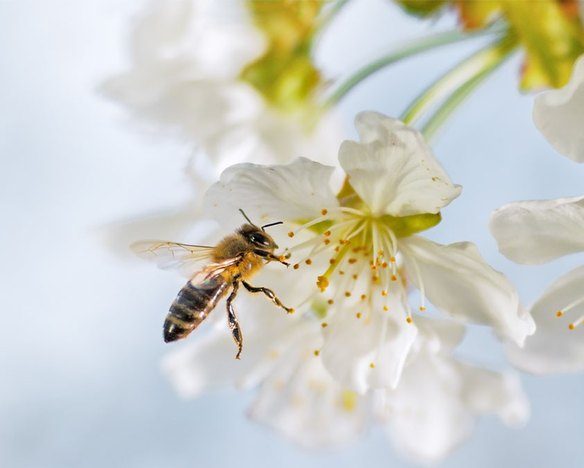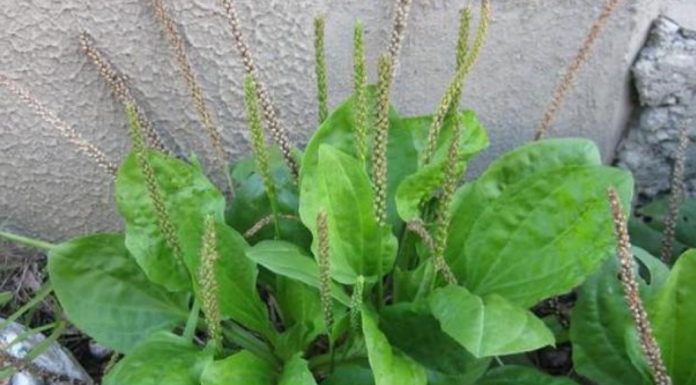Grow a Bee Sanctuary: The Best Plants to Support Bee Populations
Bees, the unsung heroes of our ecosystems, play a vital role in pollinating plants, ensuring the growth of fruits, vegetables, and seeds. However, their populations are dwindling due to various factors like habitat loss, pesticides, and disease. One impactful way to support and preserve bee populations is by cultivating bee-friendly plants. This article serves as a comprehensive guide to help you understand why these plants are crucial for bee conservation and how to grow them in your garden.

The Importance of Bee-Friendly Plants
Bee-friendly plants offer bees a vital source of nectar and pollen, essential for their nutrition and survival. By establishing a bee-friendly garden, you not only assist local bee populations but also contribute to the overall biodiversity and health of your garden ecosystem.

Top Bee-Friendly Plants
- Lavender (Lavandula)
- Why: Lavender is a bee magnet, boasting rich nectar and an irresistible fragrance that attracts bees from afar.
- How to Plant: Opt for well-drained soil and full sun. Space plants around 18 inches apart to allow for growth and airflow.
- Sunflowers (Helianthus)
- Why: Sunflowers produce copious amounts of pollen, a crucial food source for bees, while their vibrant blooms beckon bees to your garden.
- How to Plant: Sow sunflower seeds about an inch deep and six inches apart in a sunny location, and remember to water consistently.
- Borage (Borago officinalis)
- Why: Borage is renowned for its high nectar yield, quickly replenishing its nectar reserves, making it a bee favorite.
- How to Plant: Choose well-drained soil and full sun. Directly sow seeds in spring, spacing them roughly 12 inches apart.
- Foxglove (Digitalis)
- Why: With their tubular flowers, foxgloves provide bees with ample nectar, serving as an excellent food source.
- How to Plant: Foxgloves thrive in partial shade and moist, rich soil. Sow seeds in late spring or early summer, spacing them around 15 inches apart.
- Rosemary (Rosmarinus officinalis)
- Why: Rosemary’s flowers yield nectar year-round, ensuring a consistent food supply for bees.
- How to Plant: Opt for full sun and well-drained soil. Plant cuttings or seedlings approximately two feet apart.
- Coneflower (Echinacea)
- Why: Coneflowers are not only visually appealing to bees but also low-maintenance and easy to grow.
- How to Plant: Choose full sun or partial shade and moderately fertile, well-drained soil. Space plants between one to three feet apart.
- Mint (Mentha)
- Why: Mint flowers are a rich source of nectar, complemented by their strong fragrance that attracts bees.
- How to Plant: Due to its invasive nature, plant mint in containers. Place them in a sunny or partially shaded spot and water regularly.

Tips for a Thriving Bee-Friendly Garden
- Provide Water: Set up a shallow water source with landing spots for bees to drink and cool their hives.
- Avoid Pesticides: Opt for organic pest control methods to avoid harming bees and other beneficial insects.
- Plant in Clusters: Group flowers together rather than planting them singly to make them more appealing and accessible to bees.
- Include Variety: Choose plants that flower at different times of the year to ensure a continuous food source for bees.
By incorporating these bee-friendly plants into your garden, you actively contribute to bee conservation efforts while fostering biodiversity. A garden buzzing with bees not only signifies a healthy ecosystem but also ensures the productivity of your crops. Establishing a bee-friendly garden marks a significant step towards embracing sustainable and eco-conscious gardening practices.










